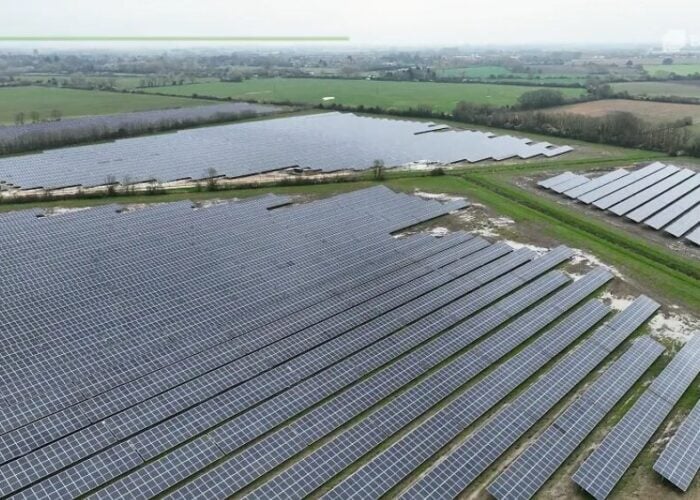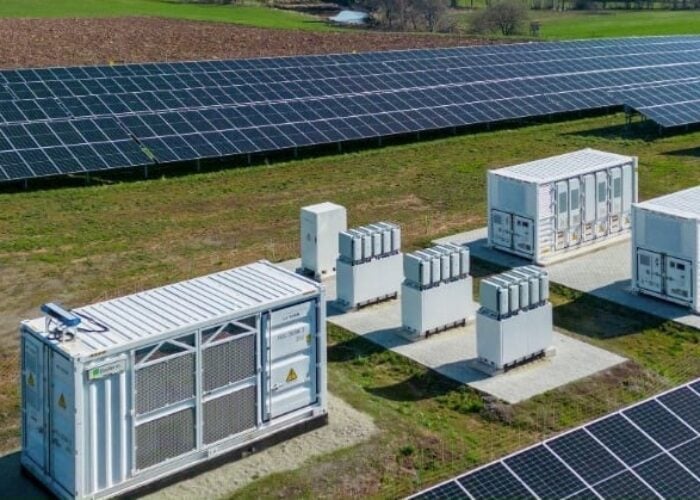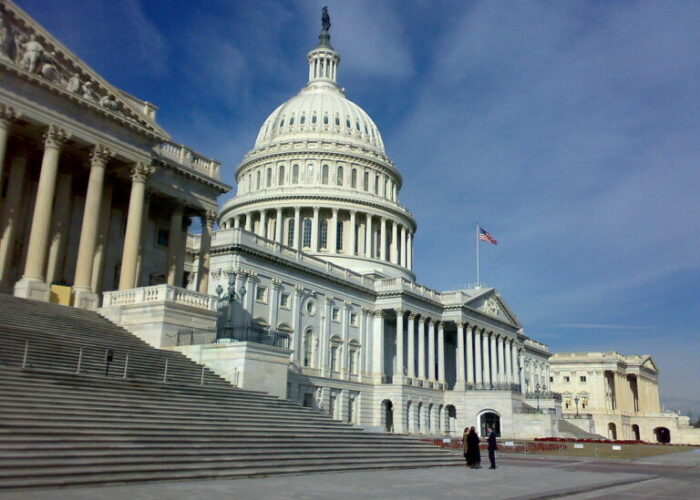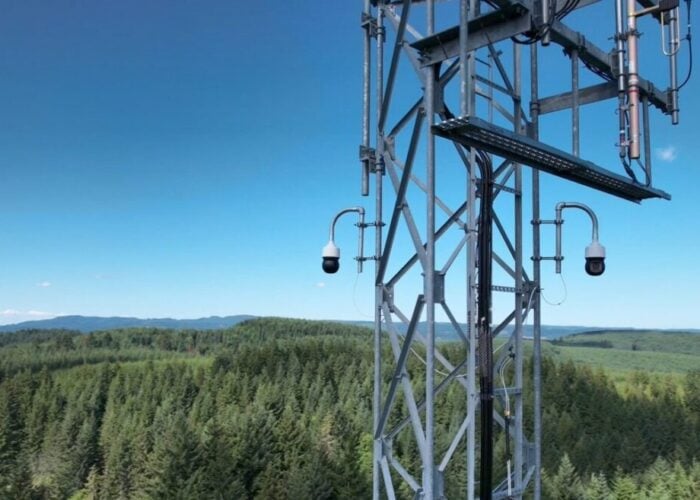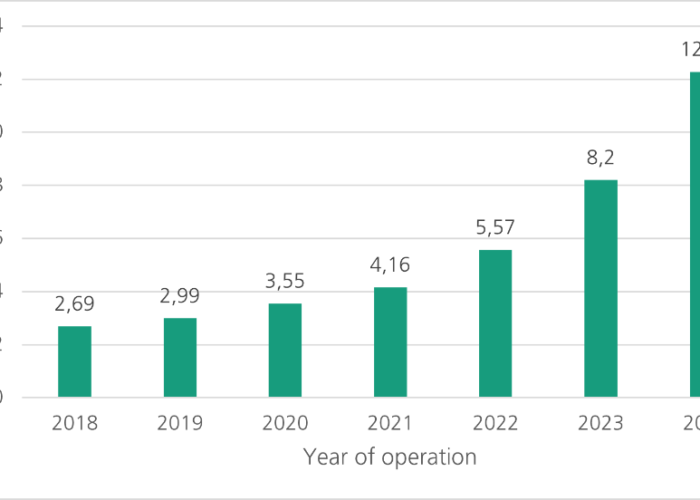With only a handful of major solar-related manufacturers having released fourth-quarter and full-year financial results, a picture is already emerging as to the health and wealth and 2010 trends for the solar industry. Having reported financial results and conducted its quarterly conference call last Thursday, JA Solar gave a lot of data points to digest about capacity ramps but also importantly, average selling prices (ASPs) for 2010.
There would seem little doubt that market demand returned to robust status in the fourth quarter, with PV producers noting production was at full capacity and demand outstripped supply. The first quarter would also be very strong, unlike the previous year.
Try Premium for just $1
- Full premium access for the first month at only $1
- Converts to an annual rate after 30 days unless cancelled
- Cancel anytime during the trial period
Premium Benefits
- Expert industry analysis and interviews
- Digital access to PV Tech Power journal
- Exclusive event discounts
Or get the full Premium subscription right away
Or continue reading this article for free
That is my take on the few companies so far reporting financial results, and the more detailed picture isn’t likely to emerge until late March, when the majority of key players will have issued results and given guidance.
However, JA Solar executives responded to questions on the conference call that could set the tone for ASPs in 2010.
Polysilicon ASPs
One of the eye-opening responses related to its current average weighted polysilicon costs and projected price declines during the year. JA Solar noted that it was paying slightly below US$50 per kilogram and that the company expected this to decline approximately 10 to 20% in 2010. That could translate to a US$40 per kilogram price existing the year, should the 20% decline happen.
The messaging from MEMC in its most recent conference call, and reported by PV-Tech, noted a moderation in the price declines for polysilicon and solar wafers. However, we have seen significant price declines that started in late 2008 and continued through 2009, so a ‘moderation’ in ASP declines would seem to fit well with the 10% decline guidance given by a polysilicon purchaser, though I doubt MEMC would conclude a 20% reduction by year-end was actually moderate.
The key aspect here is that polysilicon capacity continues to be added by some of the major producers such as Hemlock Semiconductor and Wacker as well as numerous new players such as GCL Poly.
I have lost count of the number of China-based small players but the end-result is that supply will continue to be added throughout 2010.
Solar cell ASPs
Although JA Solar can not meet projected demand without increasing cell production to at least 1.1GW in 2010, the company did expect wafer prices to continue to decline in the year. Executives put the ASP decline at between 10 and 15%, compared to prices in 2009.
JA Solar didn’t explain why wafer ASPs could decline but this is likely being being fueled by FiT reductions in Germany. Should that market’s demand weaken when changes take effect, then we could see further price drops that mirror a 15% drop, potentially in the second half of the year, because prices would seem to have firmed since the fourth quarter as producers production capacities were fully utilized.
However, as seen last year, China-based PV producers were very aggressive in module pricing as inventory overhang and weak demand in the German market helped kick-start a shipment and installation recovery.
Continued price declines would seem to be a recurring theme in 2010 as the threat or perception that a slowdown in the most important market could require further support with lower prices as the year unfolds.
Production cost per watt
JA Solar also noted that, excluding its polysilicon cost, the production cost per watt in the fourth quarter was US$0.82. The cell producer expects at least a 15% reduction in its production costs in 2010 and claimed that it was the lowest cost producer in the market, with at least 20 to 50% cost per watt advantage over its competitors.
Although the company noted that these production cost reduction targets included the migration to higher efficiency cells, actual output in 2010 will only make up a small fraction. Executives did say that they expect some of the cost reductions to come from lower material costs and improved production yields and overall throughput improvements.
During the call it was noted that although nameplate capacity would reach 1.1GW, these productivity improvements could result in capacity reaching 1.3GW by the end of the year, further improving cost structures. As a result, shipments could exceed 900MW in 2010, at least 100MW above its new shipment guidance for the year.
The pressure to reduce costs and boost cell efficiencies remains at the forefront of JA Solar’s goals for 2010. To compete with JA Solar, cell competitors will have to beat the figures they have revealed if the claimed gap in costs is to be closed. Any company that isn’t focused and prepared to relay the same strategy could be in for a nasty shock.

